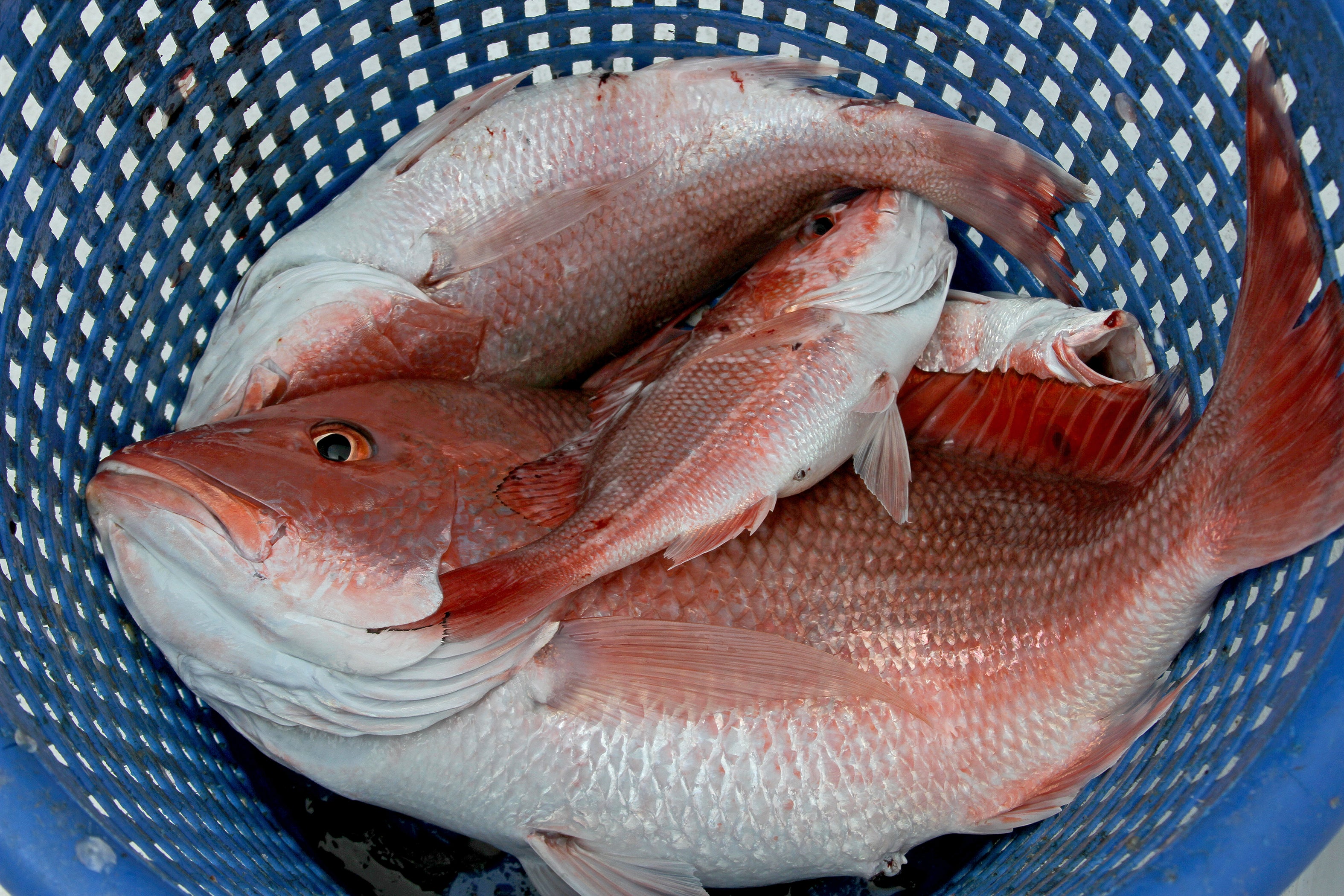By DAVID RAINER, Alabama Department of Conservation and Natural Resources
Under a final rule published by NOAA Fisheries on December 1, Alabama’s private recreational anglers will see a 51% decrease in the 2023 red snapper quota. The rule, which goes into effect on January 1, 2023, will reduce Alabama’s private recreational quota from 1,122,662 pounds in 2022 to 558,200 pounds in 2023.
Scott Bannon, Director of the Alabama Department of Conservation and Natural Resources’ Marine Resources Division, said the reason for the quota reduction is to account for the differences in the red snapper harvest estimates between the federal and Alabama’s data collection programs. The quota was calculated using the federal survey estimates. However, since 2018, Alabama’s quota has been monitored using the state’s data collection program, Snapper Check. The final rule used the average of the annual ratio of Snapper Check to federal landings from 2018 and 2019 which resulted in a 51% reduction in the quota for 2023.
“Each Gulf state is accounting for their recreational harvests using different data programs from what the federal government is using,” Bannon said. “Under the other final rule that created state management of red snapper in 2018, there was a requirement to align the landings into the same currency through a calibration method. Alabama and Mississippi have very accurate reporting systems, and we feel the harvest estimates from NOAA are inflated and unreasonable.
“Since before state management of red snapper was initiated, we have pushed the Gulf of Mexico Fishery Management Council (Gulf Council) that we should manage the amount of fish off each state. From Alabama’s perspective, this is in part due to the investments made by the state and private individuals in artificial reef building from which a significant number of red snapper and other reef species are produced in Alabama’s reef zones.”
Alabama has the largest artificial reef zone (www.outdooralabama.com/saltwater-fishing/artificial-reefs) in the United States with nearly 1,100 square miles designated for habitat enhancement. Beginning in 2012, the population of red snapper and other popular reef fish have been monitored through research from the University of South Alabama’s School of Marine and Environmental Sciences.
“Utilizing the abundance estimates we receive from the University of South Alabama each year, nearly 25% of the red snapper that occur off Alabama live among artificial reefs, and we think our red snapper stock is continuing to replenish itself at a sustainable rate.” Bannon said. “We feel very strongly that in the Alabama reef zone the stock is very stable. Recruitment is good as there are enough young fish moving up through the reef system.”
Alabama made a motion at the Gulf Council in 2020 that would delay calibration until 2023 to wait until a research assessment could be completed and the latest data incorporated for population estimates for red snapper. An agreement to wait until that assessment was finished was not reached, but calibration was delayed until January 1, 2023.
“We’re working with NOAA Fisheries, the Gulf Council and the Scientific and Statistical Committee (SSC) to review the calibration numbers, using more recent data,” Bannon said. “We have presented alternative calibration ratios based on a more recent time series of harvest. We are hopeful that in 2023 we will see a change in this published calibration number that is more favorable to the state of Alabama.”
Alabama’s alternative calibration ratio proposal to NOAA Fisheries will be considered by the SSC and then returned to NOAA Fisheries and the Gulf Council for consideration at a future Gulf Council meeting. Through the Gulf Council process, there is an opportunity to review the calibration ratio from time to time to allow for new data or a new method to determine the ratio.
The data used to determine the catch limits came from the Great Red Snapper Count in 2021, which estimated stock biomass of Gulf red snapper was approximately three times the previous estimate, and the NOAA Fisheries’ Bottom Longline survey. The SSC discussion determined that the estimates of red snapper from the Great Red Snapper Count and a stock assessment from 2018 were similar for hard bottom and artificial reef habitat where most snapper fishing occurs.









